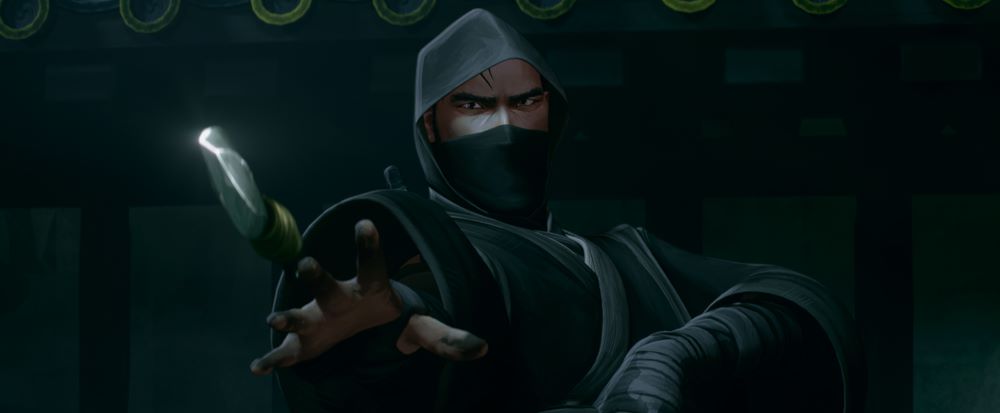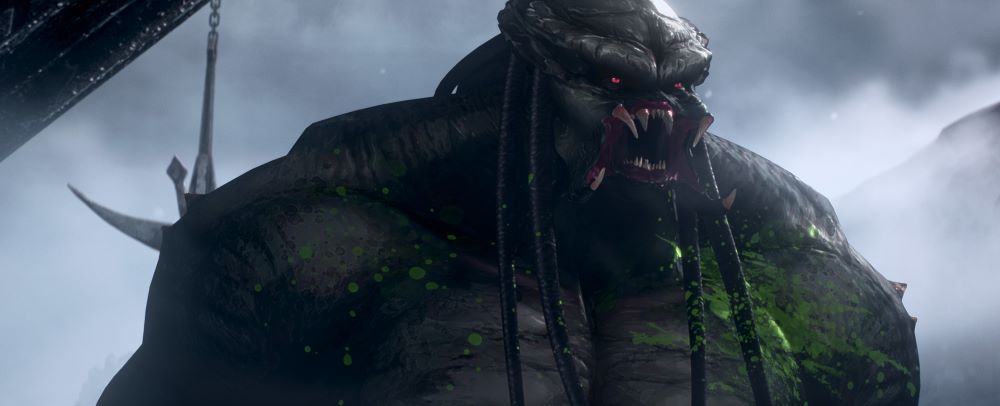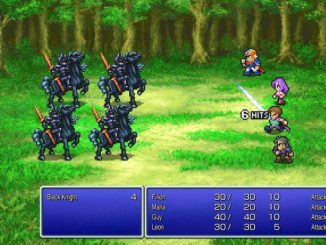The friendly rivalry (if such a thing can be said to exist between franchises owned by the same company) between the Alien and Predator series has been fun to follow, across the decades. From sly nods to brilliant crossover games to not-so-brilliant crossover films, the intertwining worlds of the Xenomorph and Yautja have long fascinated viewers, even as their individual film output has been of wildly varying quality.
On the Alien side, you basically have Ridley Scott’s outstanding original and James Cameron’s meatheaded but undeniably entertaining sequel, followed by a whole string of essentially skippable films, ranging from the middling (last year’s Alien: Romulus) to the execrable (Prometheus). On the Predator side, nothing has come close to topping the Schwarzenegger-led original, though both the underrated Walton Goggins-starring Predators (2010) and 2022’s Prey are absolutely worth your time.
One thing that has long stood out about the Predator franchise is its willingness to deviate from the template set by the original. In the world of the Xenomorphs, every film is essentially a remake of either Alien or Aliens, with a few quirks (clones! hybrids!) thrown in. But with the Yautja, directors have, for whatever reason, generally been allowed more latitude when it comes to what stories to tell. If Predator was a deep-jungle, sweat-soaked thriller, then Predator 2 was an over-the-top ’80s cop movie. Later still, 2010’s Predators transplanted the action to a distant moon (and with a double-entendre of a title, given its motley cast of crooks and mercenaries), while Prey was the purest example of that experimental spirit.
Released in 2022, Prey, directed by Dan Trachtenberg (who’d previously shaken up another franchise formula in the excellent 10 Cloverfield Lane) and starring Amber Midthunder (one of the best parts of Marvel’s Legion), resituated the action to 18th century North America, where a young Comanche hunter finds herself face to hideous alien face with a significantly stronger, better-equipped foe.
The worst part of Prey is that it debuted straight-to-streaming, robbing us of the communal viewing experience of watching a futuristic sci-fi monster outwitted by a resourceful warrior, several centuries before Schwarzenegger hauled his big guns into the jungle. Prey demonstrated that Predator films need not be tethered to one time, one place: as long as there’s a big, scary monster to fight, this franchise is free to go pretty well anywhere.

Which brings us to Predator: Killer of Killers, Trachtenberg’s animated follow-up, releasing this month as a sort-of appetizer for the next full-blooded live action sequel, Predator: Badlands, due this fall.
Taking the Prey template and running with it at high velocity, Killer of Killers offers up three loosely interconnected stories set in different eras: in the 9th century, a mother-son pair of Vikings confront a terrifying beast; in feudal Japan, a ninja battles an unseen foe; and in the Pacific Theatre of World War II, a U.S. Air Force pilot encounters something wholly unexpected in the skies.
Of the three stories, the second, Japan-set tale is the clear standout. So good, in fact, that it deserves to be seen in isolation, perhaps as an animated short preceding Predator: Badlands. (Remember when that was a thing?) Titled “The Sword”, it follows a pair of duelling brothers, one who adopts the samurai tradition, while the other turns to the ninja, their feud interrupted by a terrifying, and sleekly designed, Yautja. There’s much to love about this episode, from the lovely aesthetic, the wonderfully choreographed combat (all swords and kusarigama and shuriken), to its smart pacing, which spends just enough time establishing the local stakes before the Predator arrives. Impressively, “The Sword” is also, in large part, wordless, conveying a complete, satisfying narrative arc purely through visuals.

Of the remaining segments, the Viking Era “The Shield” has its moments, though it’s saddled with cliché (someone literally shouts “Avenge Meeeee!”) and takes a surprisingly dour turn, which will be tough to stomach for some viewers. “The Bullet”, set during World War II, shakes things up by focusing on aerial combat, something which has been little seen in the Predatorverse before now. It’s fun to watch, though altogether a bit silly, pitting not just an old-time aircraft, but a broken-down old-time aircraft, piloted by a complete novice, against an ultra-high-tech spaceship.
Inevitably, Killer of Killers finds a way to tie all three stories together, in a way which operates simultaneously as a nod to Predators, and as a test run for ideas Trachtenberg will be developing more fully in Badlands. It’s also here where Killer of Killers most directly embraces its predecessors, working in several callbacks – including what looks a lot like an oblique Alien reference – in a way that feels infinitely more organic and earned than all that nonsense in Alien: Romulus.
Predator: Killer of Killers ends, mid-credits sequence and all, on a high note, which makes me all the more excited for Badlands (it debuts November this year), and all the more hopeful for further entries in this looser, more experimental format. I suggest Predators vs. Zombies next.
***
Predator: Killer of Killers streams exclusively on Disney+, starting June 6, 2025.
Predator: Badlands opens nationwide November 7, 2025.



